You can download our report by clicking on the following link: eR-Industry_Report-Ionic_Clay_REE_Deposits-Focus_on_Brazil-2023-12-18_FINAL2
Report Highlights:
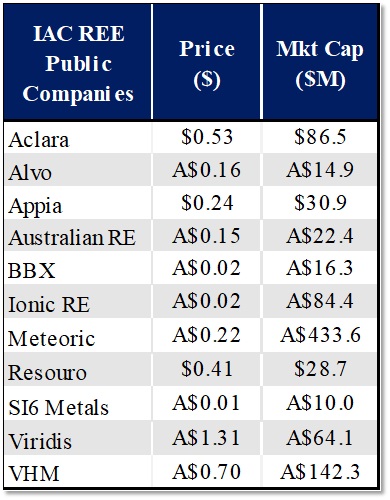 Rare Earths Industry Crucial for a Green Future
Rare Earths Industry Crucial for a Green Future
- Rare Earth Elements (REE) play a crucial role in the ongoing energy and environmental transition, serving as critical raw materials in low-carbon technologies, such as permanent magnets in Electric Vehicles (EVs).
- The transition to clean energy to address climate change requires an increased supply of specific minerals to meet the technology demands. Low-carbon technologies often depend on REE, which are recognized as “critical minerals” in Australia, Canada, the EU, and the US.
- With a forecasted REE supply shortfall, new REE projects have emerged globally to help meet the growing demand.
- Ionic Adsorption Clay (IAC) deposits are a prominent source of REE, with Asia leading REE production. New projects in Brazil, Africa, and Australia offer substantial resource potential.
- Ionic Adsorption Clay Deposits
- IAC-hosted REE deposits refer to a specific type of mineral deposit where REE are associated with clay minerals, particularly those with ionic adsorption characteristics.
- The REE are adsorbed onto the surface of the clay minerals as hydrated ions and can be easily extracted by common leaching processes.
- IAC deposits are shallow free digging material and are some of the most sustainable rare earth deposits, known for low CAPEX and OPEX, and are mined in bulk at lower grades.
- IAC-hosted REE deposits are a significant source of current REE production and a focus of various mineral exploration companies.
- IAC-Focused Companies in this Report
- IAC companies and projects mentioned in this report include Aclara (Carina), Alvo (Bluebush), Appia (Cachoeirinha), BBX (Ema and Apui), Meteoric (Caldeira), MSV (Serra Verde), Resouro (Tiros), Si6 (Caldera) and Viridis (Colossus) in Brazil; Australian Rare Earths (Koppamurra) in Australia; Aclara (Penco) in Chile; and Ionic (Makuutu) in Uganda.
FIGURE 1: Global REE Mine Production and Reserves; Geopolitical Concerns as Current Production Centred Around S/E Asia

FIGURE 2: IAC REE Comps
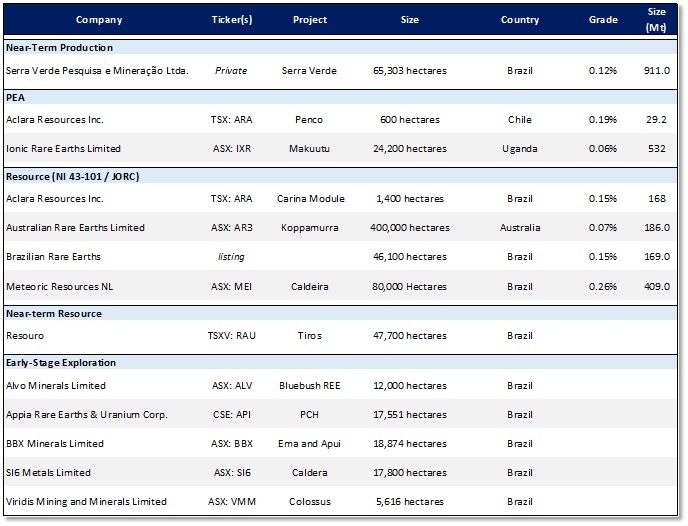
You can download our report by clicking on the following link: eR-Industry_Report-Ionic_Clay_REE_Deposits-Focus_on_Brazil-2023-12-18_FINAL2
Other recently published eResearch Industry Mining Reports:
- Atlantic Gold Industry Report – The Ultimate Guide to Gold Mining Companies in the Appalachian Gold Belt (2021)
- Scandium – A Metal for a Green Future (2023)
- Vanadium: Powering the Renewable Energy Revolution – Update Report (2023)
Notes: All numbers in CAD unless otherwise stated. The author of this report, and employees, consultants, and family of eResearch may own stock positions in companies mentioned in this article and may have been paid by a company mentioned in the article or research report. eResearch offers no representations or warranties that any of the information contained in this article is accurate or complete. Articles on eresearch.com are provided for general informational purposes only and do not constitute financial, investment, tax, legal, or accounting advice nor does it constitute an offer or solicitation to buy or sell any securities referred to. Individual circumstances and current events are critical to sound investment planning; anyone wishing to act on this information should consult with a financial advisor. The article may contain “forward-looking statements” within the meaning of applicable securities legislation. Forward-looking statements are based on the opinions and assumptions of the Company’s management as of the date made. They are inherently susceptible to uncertainty and other factors that could cause actual events/results to differ materially from these forward-looking statements. Additional risks and uncertainties, including those that the Company does not know about now or that it currently deems immaterial, may also adversely affect the Company’s business or any investment therein. Any projections given are principally intended for use as objectives and are not intended, and should not be taken, as assurances that the projected results will be obtained by the Company. The assumptions used may not prove to be accurate and a potential decline in the Company’s financial condition or results of operations may negatively impact the value of its securities. Please read eResearch’s full disclaimer.


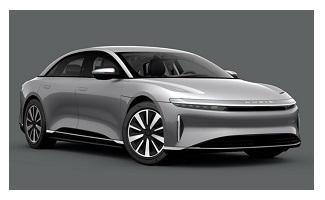
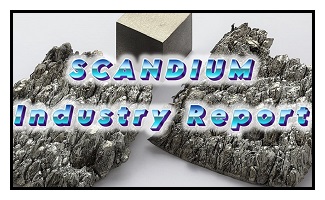
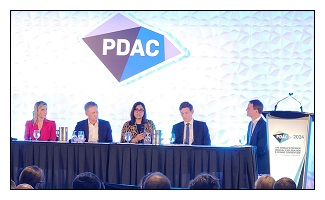
You can download our report by clicking on the following link: eR-Industry_Report-Ionic_Clay_REE_Deposits-Focus_on_Brazil-2023-12-18_FINAL2
Report Highlights:
Rare Earths Industry Crucial for a Green Future
Rare Earth Elements (REE) play a crucial role in the ongoing energy and environmental transition, serving as critical raw materials in low-carbon technologies, such as permanent magnets in Electric Vehicles (EVs).
The transition to clean energy to address climate change requires an increased supply of specific minerals to meet the technology demands. Low-carbon technologies often depend on REE, which are recognized as “critical minerals” in Australia, Canada, the EU, and the US.
With a forecasted REE supply shortfall, new REE projects have emerged globally to help meet the growing demand.
Ionic Adsorption Clay (IAC) deposits are a prominent source of REE, with Asia leading REE production. New projects in Brazil, Africa, and Australia offer substantial resource potential.
Ionic Adsorption Clay Deposits
IAC-hosted REE deposits refer to a specific type of mineral deposit where REE are associated with clay minerals, particularly those with ionic adsorption characteristics.
The REE are adsorbed onto the surface of the clay minerals as hydrated ions and can be easily extracted by common leaching processes.
IAC deposits are shallow free digging material and are some of the most sustainable rare earth deposits, known for low CAPEX and OPEX, and are mined in bulk at lower grades.
IAC-hosted REE deposits are a significant source of current REE production and a focus of various mineral exploration companies.
IAC-Focused Companies in this Report
IAC companies and projects mentioned in this report include Aclara (Carina), Alvo (Bluebush), Appia (Cachoeirinha), BBX (Ema and Apui), Meteoric (Caldeira), MSV (Serra Verde), Resouro (Tiros), Si6 (Caldera) and Viridis (Colossus) in Brazil; Australian Rare Earths (Koppamurra) in Australia; Aclara (Penco) in Chile; and Ionic (Makuutu) in Uganda.